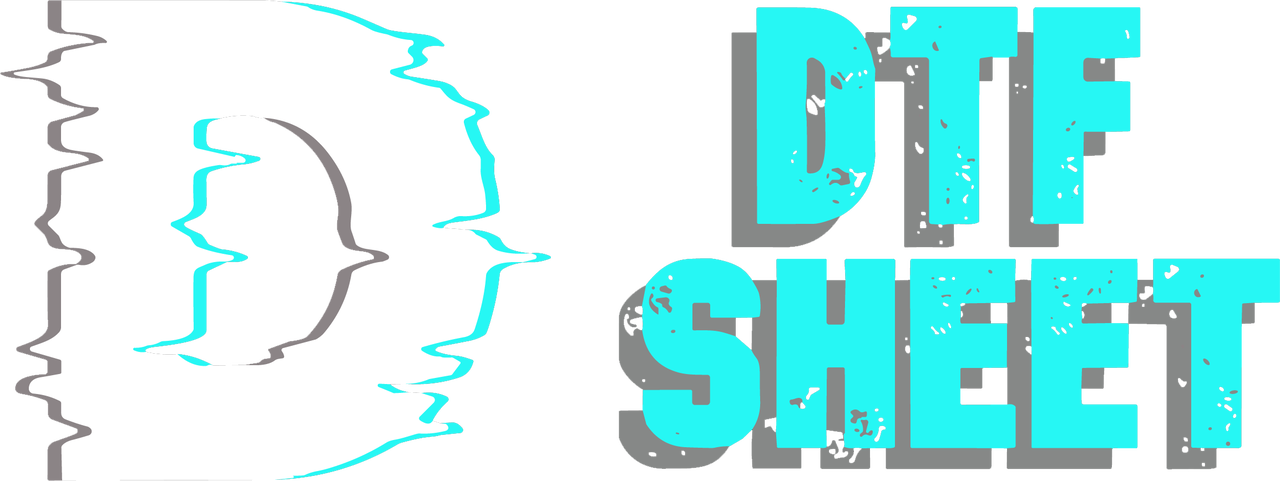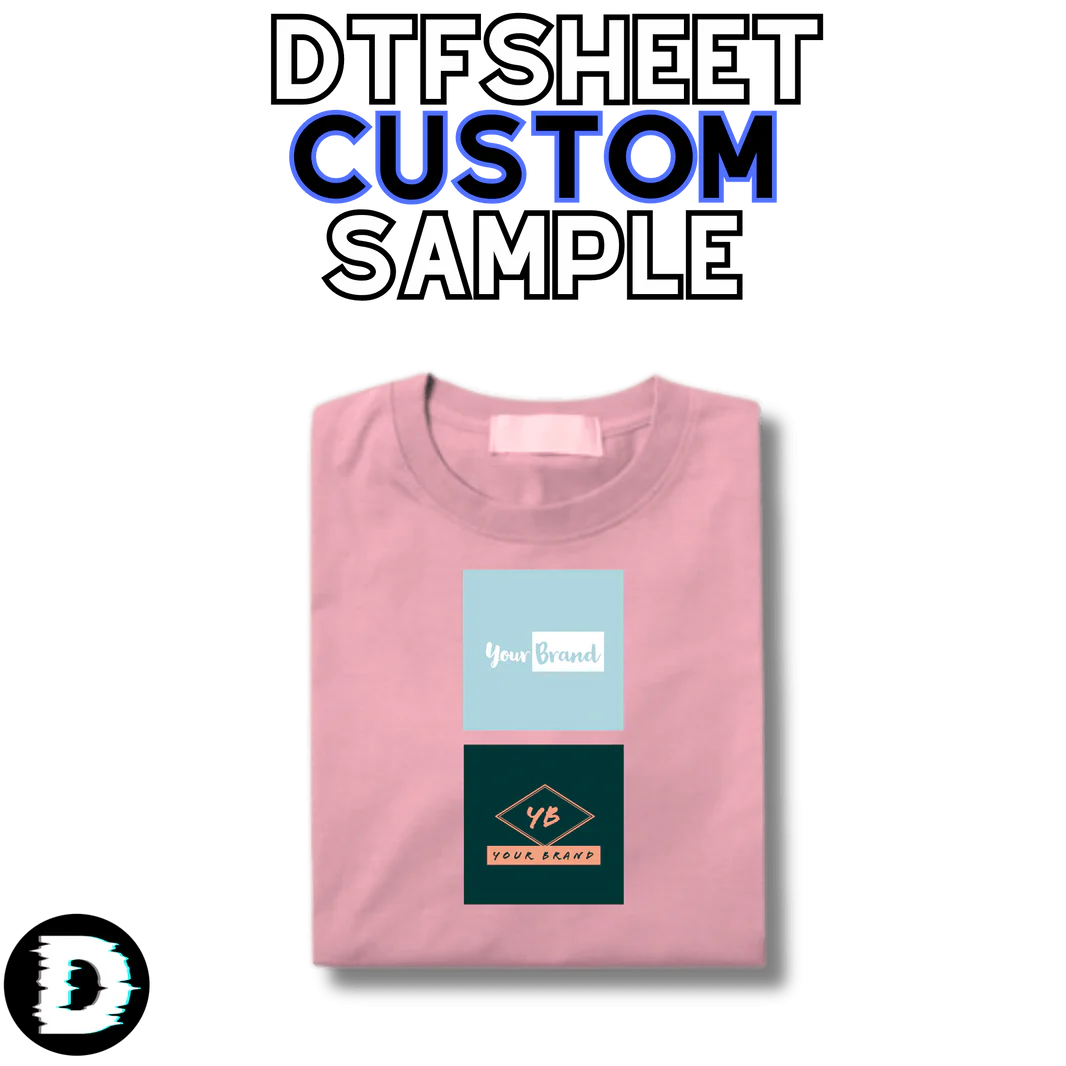Direct-to-film printing technology continues to gain popularity and reveal people's unique styles. Direct printing technology helps improve your product range by printing on a wide variety of fabrics. It has an advanced system and is cost-effective. While traditional screen printing continues to maintain its place and popularity, you can obtain printing products of the same quality with a more technological system with DTF printing technology. While printing can only be achieved on polyester with sublimations, you have no restrictions with DTF transfer.
This eliminates the need for white fabric. You can apply any print you want on any fabric type and color you want. Moreover, the choice of printing is yours. Create your dream design and let DTF transfer do the rest. Although the learning phase may seem complicated, this system is actually quite easy. If you wish, you can apply the transfer procedures produced specifically for you at home. All you need for this is heat. You can also provide this heat with an iron.
How Does DTF Printing System Work?
Design Preparation: The first step is to bring the design to be printed into digital format. The design is created or digitized using computer-aided design (CAD) software. Colors, patterns and sizes are determined at this stage.
Ink Transfer: The prepared design is printed on specially designed DTF transfer film. This film acts as a vehicle that carries the design.
Transfer to Fabric: Transfer film is transferred to the fabric using heat and pressure. Ink is transferred from the transfer film to the fabric. This process ensures that the print adheres to the fabric.
Fixing and Drying: After the ink is transferred to the fabric, the fixing step comes. In this step, with the applied heat and pressure, the ink penetrates into the fabric and becomes permanent. The print is then completely fixed by the drying process.
Finishing Processes: Once the printing process is completed, the fabric can be cut, stitched, or added final touches by adding additional design details.
DTF printing system is widely used in the textile industry for customizing various products and producing high quality prints. This technology offers faster production processes, less waste generation and wide design options. It also provides great flexibility to designers and manufacturers with the ability to easily implement complex designs such as color gradients and detailed patterns.
DTF Printing White Ink Circulation
White ink circulation in DTF printing process refers to the process of regularly mixing and moving the white ink inside the printing device. This helps prevent ink settling and clogging of the nozzles. Additionally, it keeps the print quality consistently high. Print quality is the most important point during transfer. White ink is often used to set the background color or patterns when printing on textile products. However, white ink has a denser and thicker structure compared to other colors, so its use and management requires special care. Quality prints represent eye-catching and long-lasting products. Therefore, this circulation is very important.
DTF Print Transfer Ink Cleaning
The cleaning process is important for a machine that is constantly under pressure. Cleaning is required to avoid problems with the colors of other prints. This process is not a difficult and time-consuming process. The ink cleaning process is important to ensure that the DTF printing system is working properly and that print quality is maintained. Regular maintenance and cleaning helps ensure the longevity of your printing system and contributes to minimizing ink blockages and problems. Cleaning liquid, you can easily make it using.




























